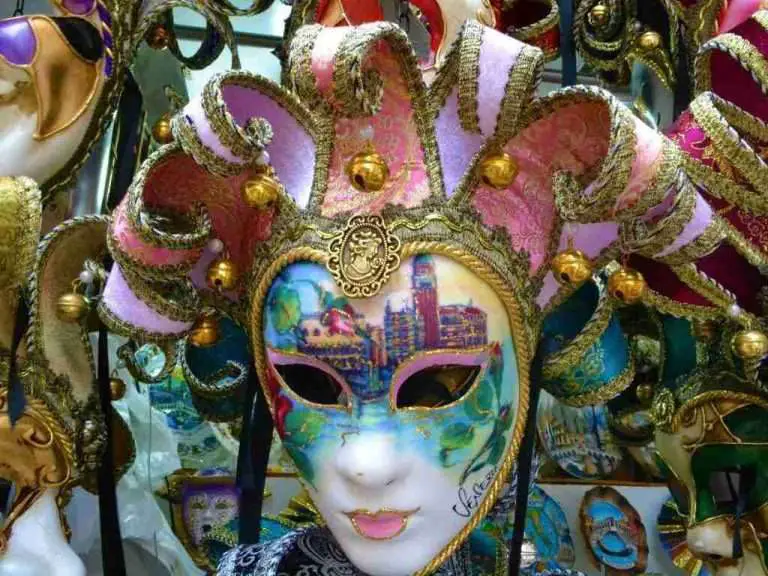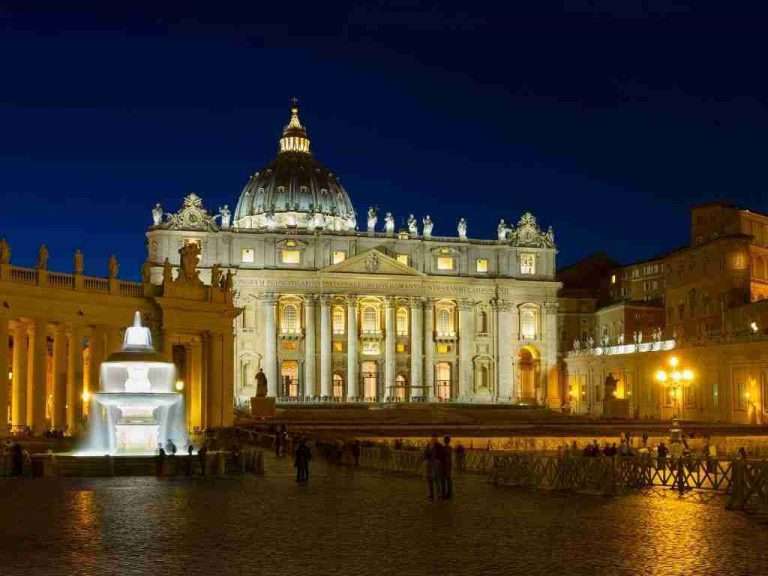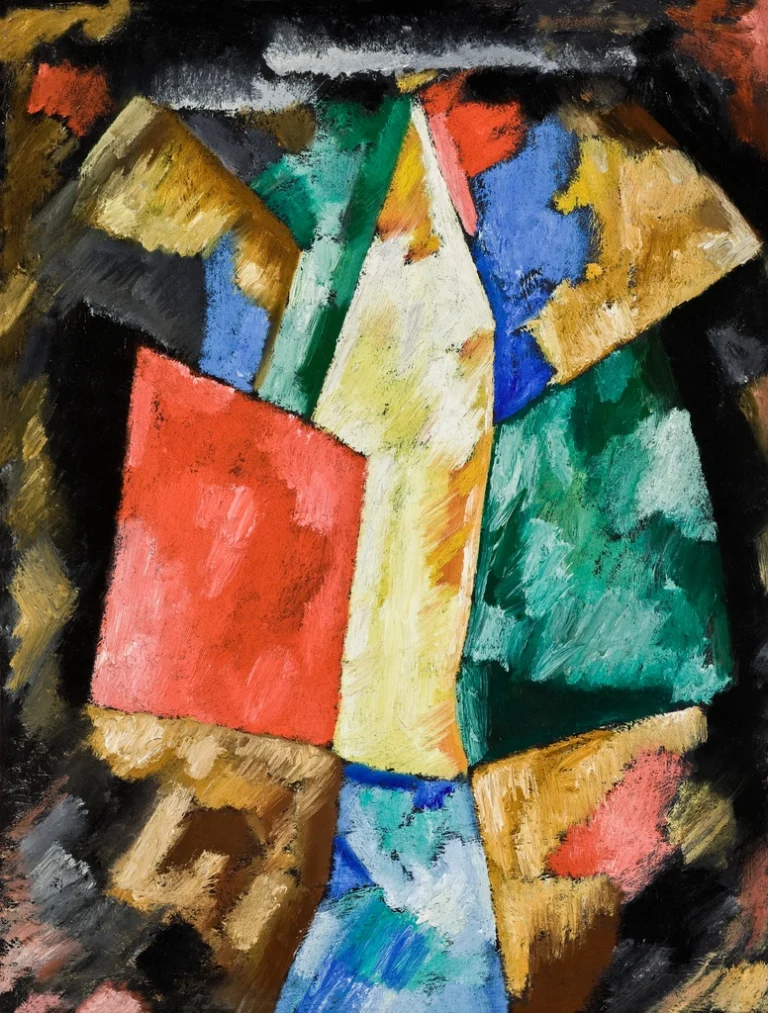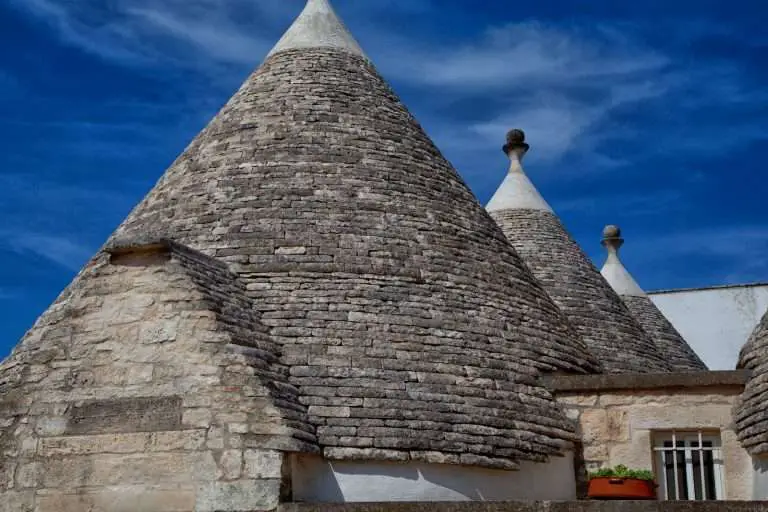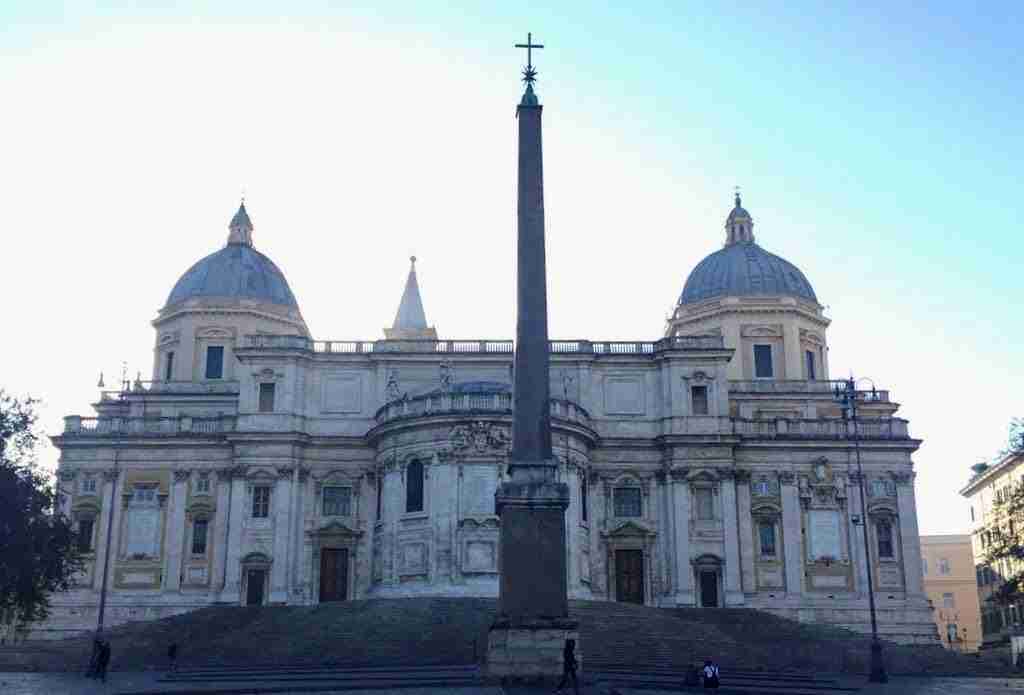
Santa Maria Maggiore, known in English as St. Mary Major, is one of the four papal basilicas in Rome along with San Giovanni in Laterano, San Paolo Fuori Le Mura, and St. Peter’s Basilica. It is located on the Esquilino, one of seven hills of Rome.

The largest church in Rome dedicated to the Virgin Mary, Santa Maria Maggiore was was built on the spot where a miraculous snow fell on 5 August 352. If you have ever experienced Rome in August, you surely realize what a miracle this must have been!
The miracle of the snow took place during the reign of Emperor Liberius, who ordered the construction of the first church dedicated to Mary on this spot. Because of this, the original church (which no longer exists) is sometimes referred to as Santa Maria Liberiana.
St. Mary Major continues to commemorate the miracle of the snow every year using artificial snowflakes that rain down on the altar from a golden coffer in the ceiling.


From its mosaics to its ceiling, gold is in heavy use in Santa Maria Maggiore. The distinct coffered ceiling, designed in wood by Giuliano da Sangallo and finished by his brother Antonio, was later gilded with the very gold that Christopher Columbus pillaged from the Americas. Per the official Vatican website for the church, “tradition has it that the first gold brought from the New World, which Isabella and Ferdinand of Spain offered to Alexander VI, was utilized for the ceiling’s gilding.”
St. Mary Major’s 5th-century nave mosaics show four stories from the lives of Abraham, Jacob, Moses, and Joshua.

Holy Crib reliquary in St. Mary Major / Source it:Utente:Riccardov, Public domain, via Wikimedia Commons 
Salus Populi Romani / Source SeoulKing, CC BY-SA 4.0, via Wikimedia Commons
In addition to a miraculous backstory, 5th-century mosaics, and ceiling, Santa Maria Maggiore is known for a few important relics. The Holy Crib is a reliquary that houses fragments from Christ’s manger. Meanwhile, the Salus Populi Romani, a Byzantine icon that is the most venerated images of the Virgin Mary. The church carried out conservation work on the 6th-century icon in 2018 at the behest of Pope Francis I.

Santa Maria Maggiore also has its own Sistine Chapel. This one was commissioned by Pope Sixtus V and is not easy to confuse with the Cappella Sistina in St. Peter’s Basilica, save for its name. This Sistine Chapel contains the tombs of Popes Sixtus V and Pius V.
Rome’s most prolific artist, Gian Lorenzo Bernini, is also entombed in St. Mary Major, just outside of the Sistine Chapel.

Papal Basilicas of Rome Map
Last updated on May 8th, 2021Post first published on March 17, 2008



